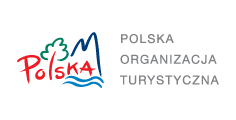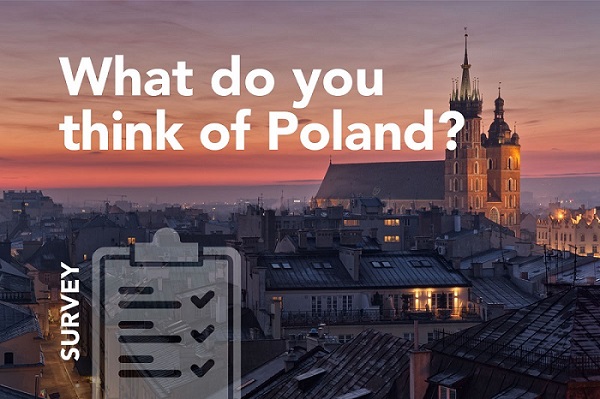Jedlina-Zdroj
Jedlina-Zdroj is a spa town in Walbrzych County located in the Province of Lower Silesia in south-western Poland. The town lies nestled between the ranges of Walbrzych and the Owl Mountains and is surrounded by wooded slopes primarily made up of spruce and beech trees, on three sides. With the valley being open to the south and south-east the town is sheltered from harsh winds and enjoys a milder, moderately stimulating, climate with more sunshine than some of the other surrounding villages. The resort has the characteristic of a mountain spa.
The earliest mention of the town dates back to the 13th century and the name derives from the vast forests of fir trees that once grew here. The settlement was the home of woodcutters which was owned by Bolko I, the Duke of Swidnica and Jawor. The origins of local use of the therapeutic waters can be traced to 1697 and on a larger scale since 1723 when the town became a health resort. The spring source was called „Charlottenbrunn”, after Charlotte the wife of Baron Hans Christopher von Seher-Thoss, the owner of Jedlinka, and became the first element of the emerging spa. The name was adopted by the whole of Jedlina and remained till 1945. The town began to grow, weaving and cloth production was developed and the health resort became famous throughout the whole of Silesia. In 1768 Jedlina received its city rights. Because of its popularity and due to its permanent operation by the end of the 18th century there were seven sources from which the water was used for drinking cures and therapeutic bathing.
By 1900 Jedlina-Zdroj had a post office and a telegraph service which to this day is still found in the same building. All houses had running water connected and some even with naturally carbonated mineral water. Between 1902 and 1903 pavements were laid down in the city and gaslights installed but electric streetlights were put up in the health resort. It was at this time that the city experienced its heyday. It became known throughout Silesia as a spa resort with a wide range of cultural and recreational events. There was also wide variety of available hotels, guest houses and boarding establishments of which the most famous was „Szwajcarka” from the 19th century that offered a milk treatment, edible chestnuts and relaxation amongst some of the most beautiful trees.
In the early 1930’s the spa resort was modernised and adapted to modern treatment techniques. Jedlina became a proper health resort as the therapeutic and leisure vacations here were enhanced with a variety of concerts or sporting and artistic events. Unfortunately, with the outbreak of World War II the resort closed and did not begin operating again till 1962.
Today the resort treats respiratory, gastrointestinal and urinary tract diseases, musculoskeletal disorders and metabolic diseases. The „Teresa” Health Resort Hospital conducts treatment during early stages of cardiac rehabilitation and the Jedlina-Zdroj resort as a whole has proved successful in the treatment of diseases which are a direct consequence of the progress of civilisation and its associated lifestyle, nervousness and stress.
The spa offers patients and tourists the ideal conditions for active relaxation with its varied landscaped tourist hiking trails, its ski slope, year-round toboggan run, high rope Adventure Park and other recreational sporting activities. There are organised walks and excursions for those that looking to explore the surrounding towns in both Poland and the Czech Republic but for those seeking a less active pastime there are always the stunning views on offer in Jedlina-Zdroj which can be admired from every point in the city.


